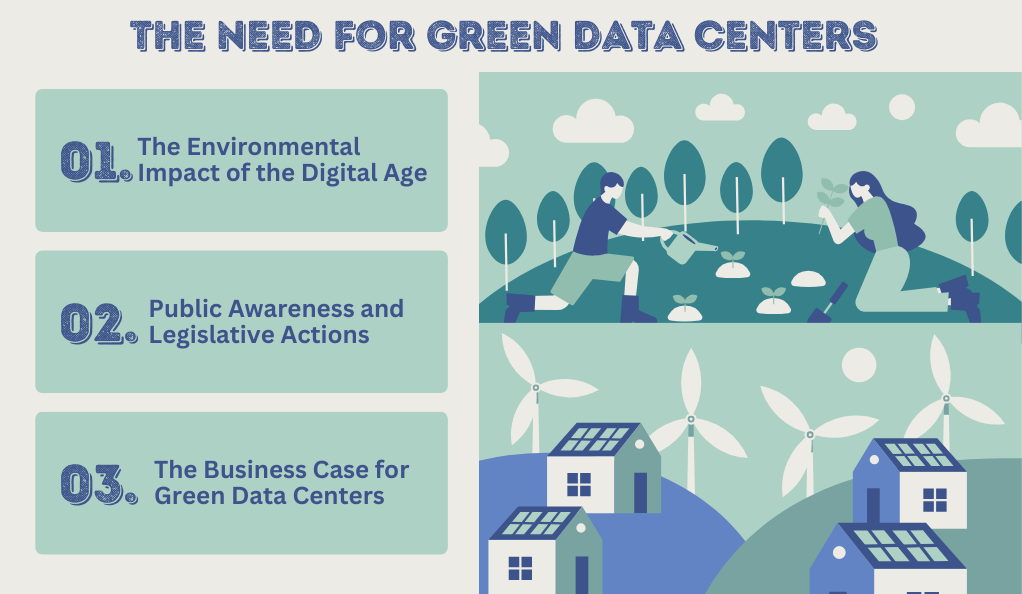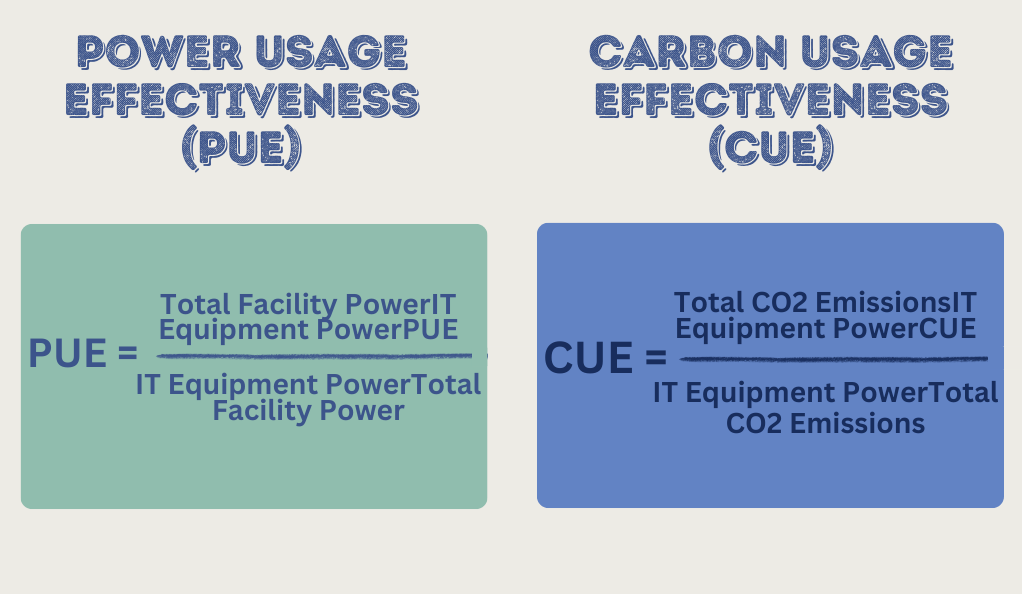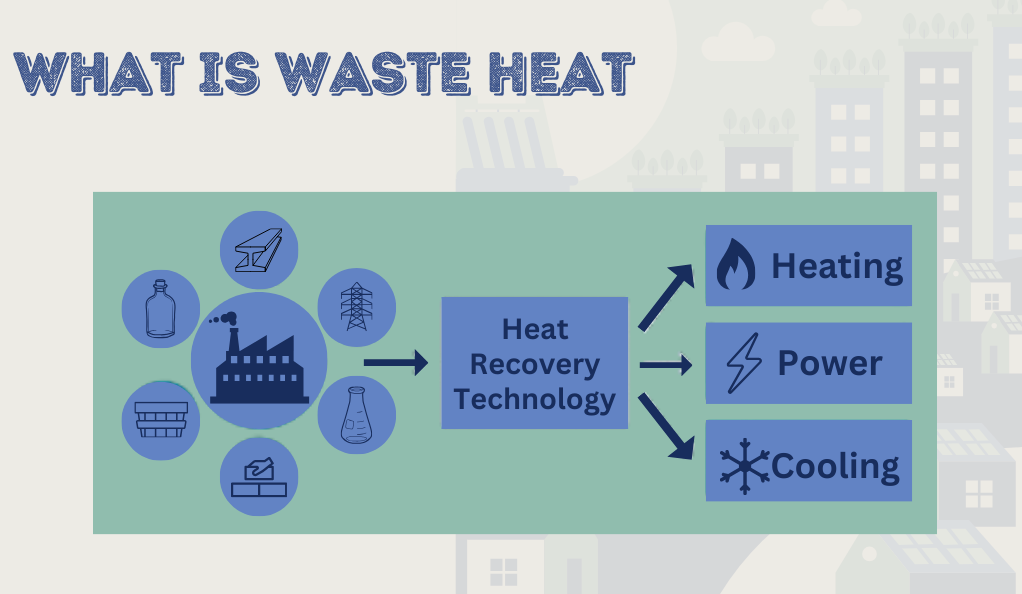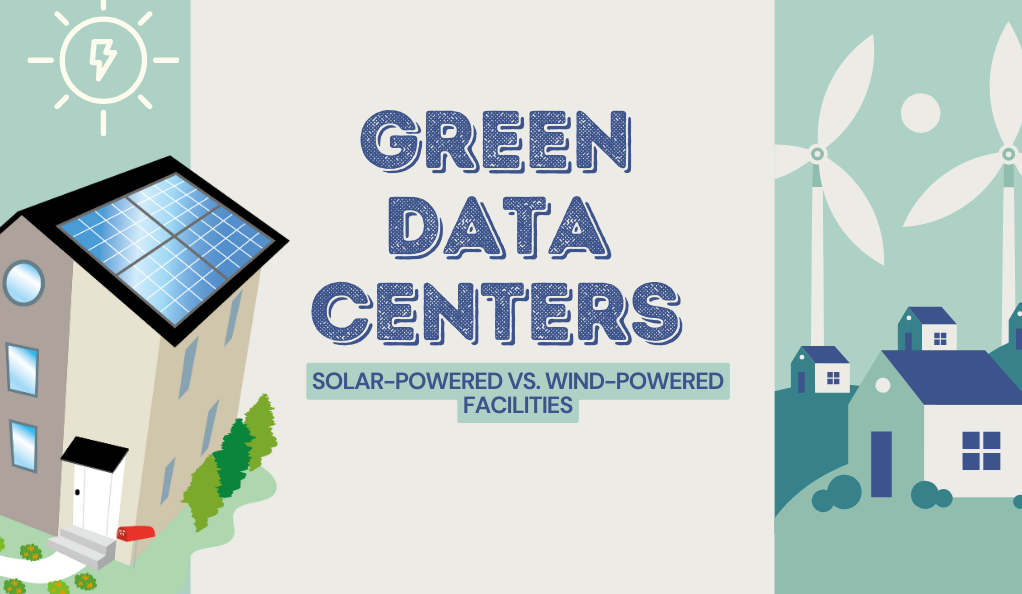In the age of digitization, where every click, every search, and every stream consumes energy, the need for efficient and sustainable data centers has never been more pressing. As the backbone of the internet, data centers are responsible for storing, processing, and transmitting vast amounts of data every second. However, with great power comes great responsibility, and in this case, a significant environmental footprint.
The Digital Footprint
Traditional data centers are energy-intensive, often running 24/7 to support the insatiable demand for digital services. It’s estimated that data centers account for about 3-5% of the world’s global energy consumption. This not only leads to high operational costs but also contributes significantly to global carbon emissions.
| Data Center Operations | Energy Consumption |
|---|---|
| Cooling Systems | 40% |
| IT Equipment | 50% |
| Lighting and Miscellaneous | 10% |
The Rise of Renewable Energy in Data Centers
With increasing awareness about climate change and the environmental impact of industries, there’s a growing push towards sustainable solutions. Enter green data centers. These are not just any data centers; they are the future of digital storage, designed with the environment in mind. They utilize energy-efficient technologies, minimize waste, and most importantly, are powered by renewable energy sources.
Solar and wind energy have emerged as frontrunners in this green revolution. While both have their unique advantages, they share a common goal: to reduce the carbon footprint of data centers and make the digital world more sustainable.
In this article, we will delve deep into the world of green data centers, comparing the efficiency and sustainability of solar-powered vs. wind-powered facilities. We’ll explore the technologies, the metrics, and the future of eco-friendly digital storage.
The Need for Green Data Centers

Explore the environmental implications of our digital actions and discover why transitioning to green data centers is both an ecological and economic imperative.
The Environmental Impact of the Digital Age
The digital age, while bringing about unprecedented connectivity and technological advancements, has also ushered in environmental challenges. Every email sent, video streamed, or website visited requires data to be processed and stored in data centers. These facilities, often sprawling over acres of land, consume vast amounts of electricity, much of which is generated from non-renewable sources. The result? An increase in greenhouse gas emissions, contributing to global warming.
A study revealed that if the internet were a country, it would rank sixth in terms of electricity consumption. Such staggering statistics underscore the urgency to transition towards more sustainable practices in data center management.
Public Awareness and Legislative Actions
The silver lining in this scenario is the growing public awareness about the environmental costs of their online activities. Users are becoming more conscious of their digital carbon footprint and are demanding greener solutions from service providers.
In response to this, governments and international bodies are implementing stricter regulations to curb emissions from data centers. For instance, the European Union’s Green Deal aims to make Europe carbon neutral by 2050, and data centers play a crucial role in this vision. Such legislative actions are pushing companies to adopt sustainable practices, with green data centers at the forefront.
The Business Case for Green Data Centers
Beyond the environmental imperative, there’s a strong business case for green data centers. As electricity prices soar, the operational costs of running traditional data centers are becoming untenable for many businesses. Green data centers, with their emphasis on energy efficiency and renewable energy sources, offer a cost-effective solution in the long run.
Moreover, with consumers increasingly favoring companies with strong environmental credentials, businesses that invest in green data centers are likely to enjoy a competitive advantage in the market.
Solar-Powered Data Centers: Harnessing the Sun
Delve into the mechanics and merits of solar-powered data centers, which utilize the sun’s abundant energy to fuel our digital needs.
The Power of Photovoltaics
Solar-powered data centers utilize photovoltaic (PV) panels to convert sunlight into electricity. These panels, typically installed on rooftops or adjacent open spaces, capture solar radiation and produce direct current (DC) electricity. This DC is then converted into alternating current (AC) using inverters, which powers the data center’s operations.
| Advantages | Challenges |
|---|---|
| Sustainable and renewable energy source | Intermittent energy supply (day-night cycle) |
| Reduces operational costs in the long run | Initial high setup costs |
| Scalable – can add more panels as demand grows | Requires significant space for installation |
Leading the Charge: Solar-Powered Data Center Examples
Several tech giants have recognized the potential of solar energy and have invested heavily in solar-powered data centers. For instance, Apple’s data center in Reno, Nevada, is powered entirely by solar energy, utilizing 200,000 solar panels spread over 1,300 acres.
Google, another industry leader, has also committed to powering its data centers with renewable energy, with solar energy being a significant contributor.
Wind-Powered Data Centers: Embracing the Breeze
Understand how harnessing the power of the wind can revolutionize data center operations, offering a sustainable alternative to traditional power sources.
Harnessing Wind Energy
Wind-powered data centers utilize turbines to convert the kinetic energy from wind into electricity. These turbines, often towering structures with rotating blades, capture the wind’s energy. As the blades turn, they drive a generator that produces electrical power. This electricity is then channeled to power the data center’s operations.
| Advantages | Challenges |
|---|---|
| Clean and renewable energy source | Dependence on wind patterns |
| Potential for large-scale energy production | Noise and aesthetic concerns |
| Suitable for locations with consistent wind flow | Initial setup costs and land requirements |
Pioneers in Wind-Powered Data Centers
Several companies have recognized the potential of wind energy for data centers and have made significant investments in this direction.
Microsoft, for instance, has entered into several agreements to purchase wind energy for its data centers. One of its notable projects is in the Netherlands, where a 180-megawatt wind farm powers its local data center operations.
Amazon Web Services (AWS) is another major player investing in wind energy. They have launched wind farms in multiple locations, including Indiana, Ohio, and North Carolina, to support their data centers with clean energy.
Comparing Solar and Wind Energy for Data Centers
While both solar and wind energy offer sustainable solutions for data centers, they come with their unique sets of advantages and challenges:
- Consistency: Solar energy is predictable with day-night cycles but can be affected by weather conditions like cloud cover. Wind energy, on the other hand, can be more erratic, depending on wind patterns.
- Geographical Suitability: Solar energy is more suitable for regions with high sunlight exposure, such as deserts. Wind energy thrives in areas with consistent wind flow, like coastal regions or open plains.
- Infrastructure: Solar panels require significant space but can be installed on rooftops, making them versatile. Wind turbines need more vertical space and can be seen as obtrusive in certain landscapes.
- Maintenance: Solar panels have fewer moving parts, leading to potentially lower maintenance costs. Wind turbines, with their moving blades and complex machinery, might require more frequent maintenance checks.
Metrics for Measuring Green Data Center Efficiency
Learn about the key metrics that gauge the efficiency and sustainability of data centers, guiding industry standards and best practices.

Understanding Power Usage Effectiveness (PUE)
One of the most widely recognized metrics for assessing the energy efficiency of a data center is the Power Usage Effectiveness (PUE). It’s a ratio that compares the total energy consumed by a data center to the energy consumed solely by its IT equipment.
A PUE value of 1 is ideal, indicating that all the energy consumed by the data center is used exclusively for its IT operations. However, in reality, additional energy is used for cooling, lighting, and other infrastructure needs. Historically, the industry-average PUE was between 2.5 and 3. With advancements in technology and a focus on energy efficiency, this average has dropped to around 1.7 in recent years.
Carbon Usage Effectiveness (CUE): A Measure of Sustainability
While PUE focuses on energy efficiency, Carbon Usage Effectiveness (CUE) measures the sustainability of a data center. It calculates the carbon emissions produced for every kilowatt-hour of electricity consumed by the data center.
A lower CUE indicates a more sustainable data center, emphasizing the importance of sourcing energy from renewable or low-carbon sources.
The Role of Certifications
Certifications play a pivotal role in setting industry standards and encouraging data centers to adopt green practices. Two prominent certifications include:
- LEED (Leadership in Energy and Environmental Design): Developed by the U.S. Green Building Council, LEED is a globally recognized certification that assesses building sustainability. Data centers can achieve silver, gold, or platinum certifications based on their environmental performance and resource efficiency.
- Energy Star: An initiative by the U.S. Environmental Protection Agency and the U.S. Department of Energy, the Energy Star program certifies buildings and products for energy efficiency. Data centers that rank in the top 25% in terms of energy performance can achieve this certification.
Technological Innovations in Green Data Centers
Explore the cutting-edge technologies and strategies that are shaping the next generation of energy-efficient and environmentally-friendly data centers.
Low-Power Servers: The Future of Computing
Modern data centers are increasingly adopting low-power servers, which are designed to balance performance with energy consumption. These servers, inspired by smartphone computing technology, can significantly reduce a data center’s power consumption and cooling requirements.
Modular Data Centers: Flexibility and Scalability
Modular data centers are pre-fabricated units that can be rapidly deployed wherever data capacity is needed. These “data centers in a box” are designed for high density, energy efficiency, and rapid scalability. They offer a flexible solution for businesses that need to expand their data storage capacity without investing in large, permanent facilities.
Free Air Cooling: Nature’s Air Conditioner
One of the significant energy consumers in a data center is its cooling system. Free air cooling offers a sustainable alternative by using external air to cool the data center, reducing the need for traditional air conditioning units. The effectiveness of this method depends on the data center’s location and the local climate.
Reusing Waste Heat: Turning Challenges into Opportunities

Discover innovative approaches to transform the waste heat generated by data centers into valuable resources, benefiting both the environment and the community.
The Heat Dilemma in Data Centers
One of the inevitable byproducts of data center operations is heat. Traditional data centers often view this heat as waste, necessitating extensive cooling systems to maintain optimal operating temperatures for servers and equipment. However, this perspective is changing. Progressive data centers are now looking at this “waste heat” as a potential resource.
Innovative Approaches to Heat Reuse
Several data centers globally have started implementing innovative solutions to harness this waste heat:
- Swimming Pools and Residential Heating: The IBM Reusing Data Center in Switzerland has pioneered a unique approach where the waste heat generated by the data center is used to warm a local swimming pool. Similarly, in Finland, the Yandex and Academica data centers have replaced traditional heating systems for 500-1,000 homes with the energy derived from data centers.
- Agricultural Applications: Some data centers are channeling their waste heat to support local agricultural operations, especially greenhouses. This not only provides the necessary warmth for crops but also promotes local food production.
- District Heating: Cities are exploring collaborations with data centers to integrate their waste heat into district heating systems. This approach provides a dual benefit: data centers reduce their cooling costs, and cities receive a sustainable heat source for residential and commercial buildings.
The Environmental and Economic Benefits
Reusing waste heat offers multiple advantages:
- Reduced Carbon Footprint: By harnessing waste heat, data centers can significantly reduce their reliance on traditional heating systems, leading to a decrease in carbon emissions.
- Operational Savings: Reusing waste heat can lead to substantial savings in cooling costs for data centers. Additionally, if the heat is sold to external entities, it can serve as an additional revenue stream.
- Community Engagement: Data centers that actively participate in waste heat reuse projects often receive positive recognition from local communities and governments, enhancing their public image and fostering community relations.
The Future of Green Data Centers: A Vision of Sustainability
As we look ahead, the trajectory for data centers is clear: sustainability is not just a buzzword but a necessity. With the digital realm expanding exponentially, the demand for data centers will only grow. However, with advancements in renewable energy, innovative cooling techniques, and waste heat reuse strategies, the future looks promising.
Emerging technologies, such as AI and machine learning, will play a pivotal role in optimizing data center operations, predicting maintenance needs, and enhancing energy efficiency. Collaborative efforts between tech giants, startups, governments, and communities will drive the evolution of truly green data centers.
Conclusion
In the rapidly evolving digital landscape, green data centers stand as a testament to the harmonious blend of technological advancement and environmental stewardship. As the world grapples with the challenges of climate change and resource depletion, these sustainable powerhouses offer a beacon of hope, demonstrating that it’s possible to meet our ever-growing digital demands without compromising the health of our planet.
The journey towards fully sustainable data centers is filled with innovations, from harnessing renewable energy sources like solar and wind to reimagining waste heat as a valuable resource. As we move forward, it’s imperative for industries, governments, and communities to collaborate, ensuring that the digital realm remains a driving force for positive change, both technologically and environmentally.

